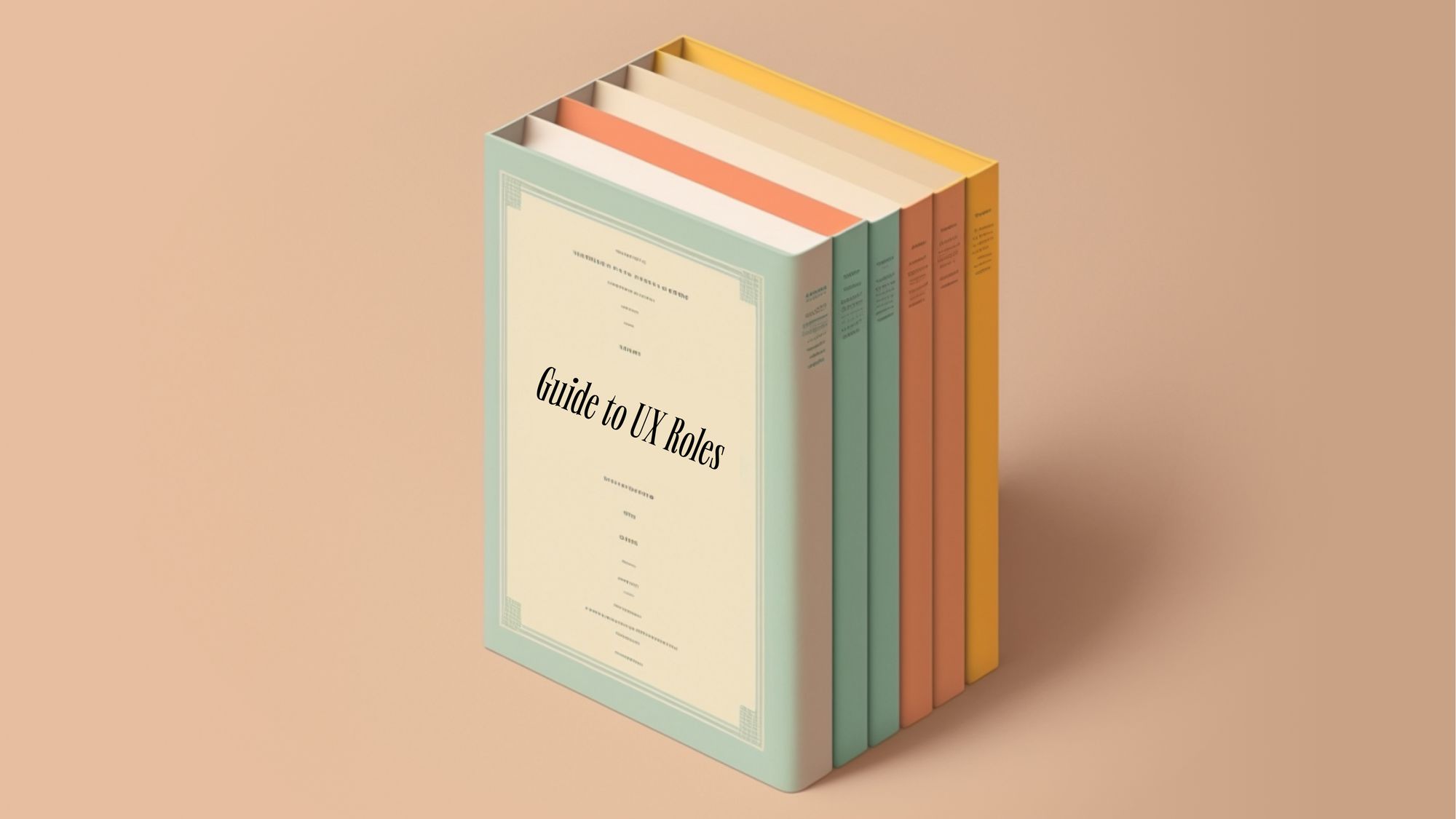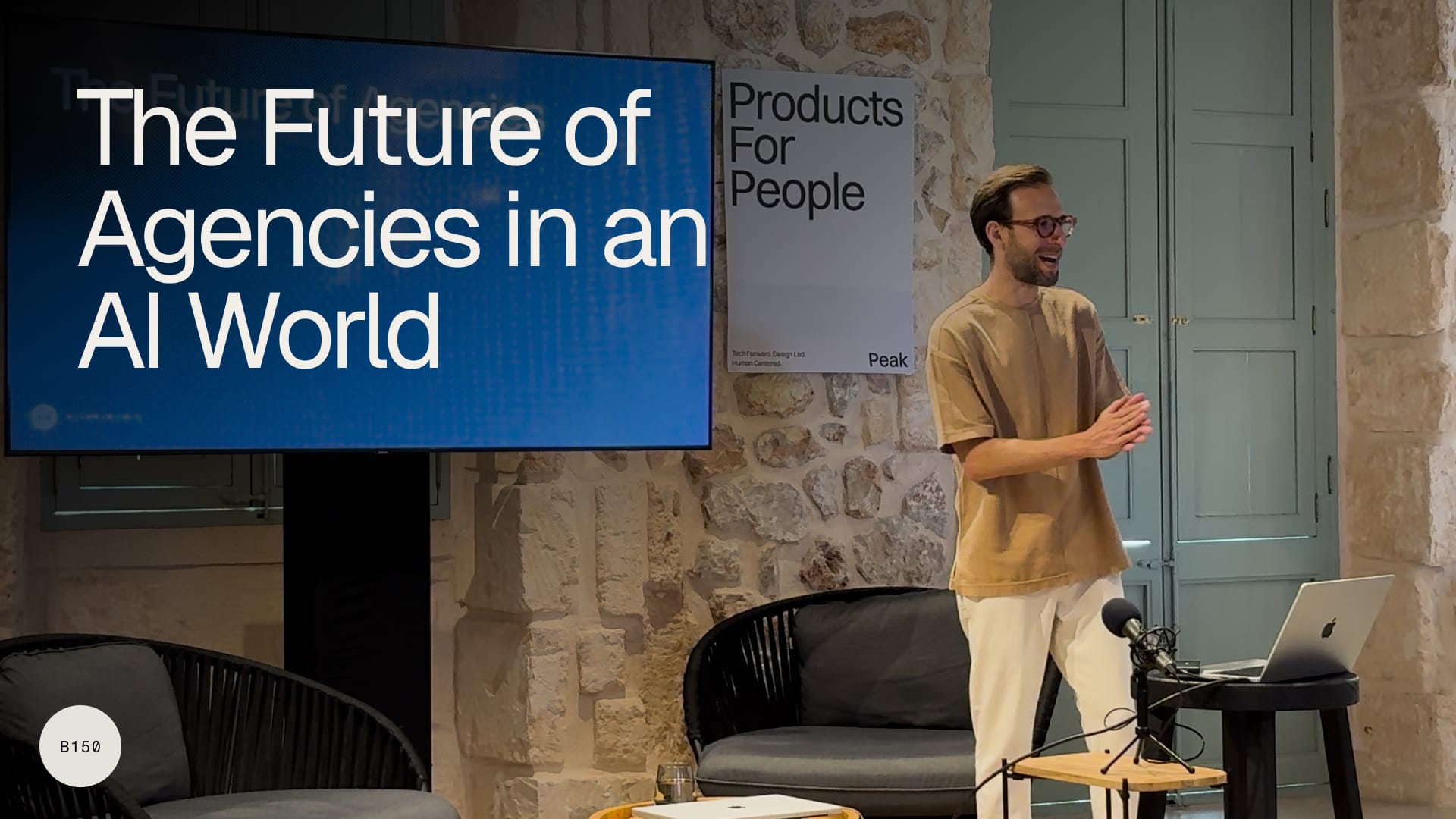Guide to UX Roles
Looking to build a career in user experience? Or you want to learn more about what different roles in the field entail? This glossary is for you.

UX Designer
A UX Designer is responsible for creating or improving the accessibility and usability of user experiences. This role involves understanding the end user and applying digital design best practices. Key responsibilities include user research, prototyping, usability testing, and problem-solving.
Responsibilities:
- Problem Definition
- Primary Research
- Secondary Research
- Research Analysis
- Wireframing
- Prototyping
- User Testing
UI Designer
A UI Designer specializes in creating visual designs for digital interfaces. They focus on the visual aspect of the user experience, including creating high-fidelity mockups, prototypes, and design systems.
Responsibilities:
- High-fidelity Mockups
- Prototyping
- Design system creation
- Brand Identity Design
- Visual language development
- UI layout optimization
Product Designer
A Product Designer combines UX and UI design skills to create user-friendly products. This role involves collaboration and management across teams, from ideation to development.
Responsibilities:
- Partner with cross-functional teams
- Maintain design system documentation
- Evaluate user observations
- Drive product design process
- Produce concepts and prototypes
- UX Research
UX Researcher
A UX Researcher focuses on research and data analysis in the UX design process. They uncover insights about the target audience and contribute to the product's strategy.
Responsibilities:
- Lead prototype testing
- Conduct competitive analysis
- Recruit users for research studies
- Generate insights
- Inform product strategy
Strategist
A Strategist ensures alignment between UX design and business needs. They bridge the gap between user-centric design and business goals.
Tasks & Responsibilities:
- Translate business and user needs
- Facilitate workshops
- Lead discovery process
- Utilize research to generate insights
- Design various elements
- Define reporting and measurement metrics
Brand Strategist
A Brand Strategist studies the market and develops plans to influence the target audience's opinions and buying decisions. They work on brand messaging and consistency.
Responsibilities:
- Research market trends
- Analyze data
- Brand positioning
- Creating buyer personas
- Brand architecture
- Brand stories
UX Writer
A UX Writer crafts text for user interactions with a focus on improving the user experience. They ensure clear and concise communication within the product.
Tasks and responsibilities:
- User research
- Analyze product metrics
- Write user-friendly copy
- Devise UX editorial strategy
- Collaborate across teams
Content Strategist
A Content Strategist specializes in organizing and optimizing content to improve user experiences. They work on information architecture, voice, tone, and content strategy.
Responsibilities:
- Develop content strategy
- Improve site navigation
- Ensure consistent voice & tone
- Help design with content
- SEO optimization
DesignOps
DesignOps professionals orchestrate design teams in complex business environments, focusing on team growth and success. They collaborate with design teams, leaders, and individual contributors.
Skills and requirements:
- Partner with design leadership
- Shape and document processes
- Collaborate with cross-functional teams
- Identify key issues
- Develop KPIs
- Continuous improvement
Copywriter
Copywriters create advertising concepts and copy based on client briefs. They specialize in generating words, slogans, and scripts for advertising.
Product Manager
A Product Manager is responsible for the strategy, planning, and execution of a product. They coordinate teams from conceptualization to launch and handle product improvements.
Interaction Designer
Interaction Designers focus on the user's interaction with the interface. They design and test interaction elements to ensure a smooth user experience.
Interactive Designer
The term Interactive Designer may refer to various roles, including Product Designer. It's essential to clarify the specific responsibilities.
Motion Designer
Motion Designers specialize in creating animations and dynamic elements for digital products, enhancing user interactions.
Illustrator
Illustrators provide visual representations to enhance text or concepts. They may work on various media, including children's books, storyboards, and diagrams.
Data Visualization
Professionals in Data Visualization specialize in presenting data in a visually comprehensible way.
Brand Designer
Brand Designers create designs across various formats, platforms, and environments, focusing on visual brand identity.
Service Designer
Service Designers research customer behavior and create processes to improve service experiences, both online and in-person.
Logo Designer
Logo Designers create visual brand marks for companies, consisting of symbols or brand marks and logotypes.





